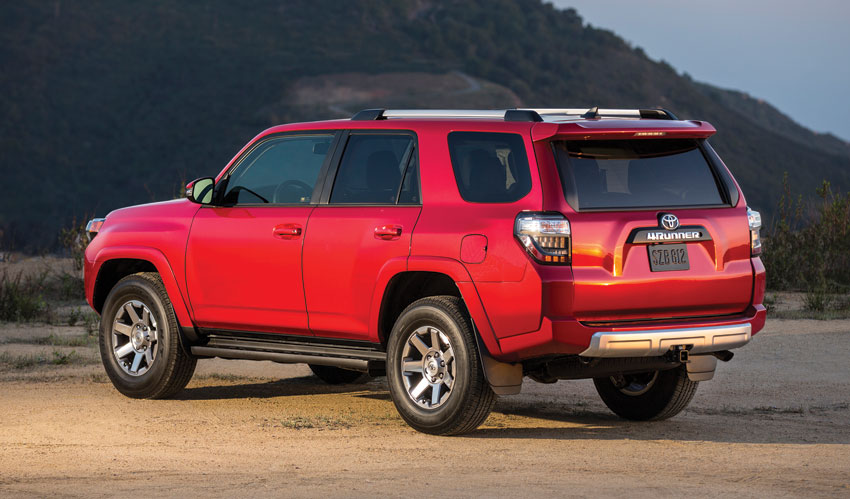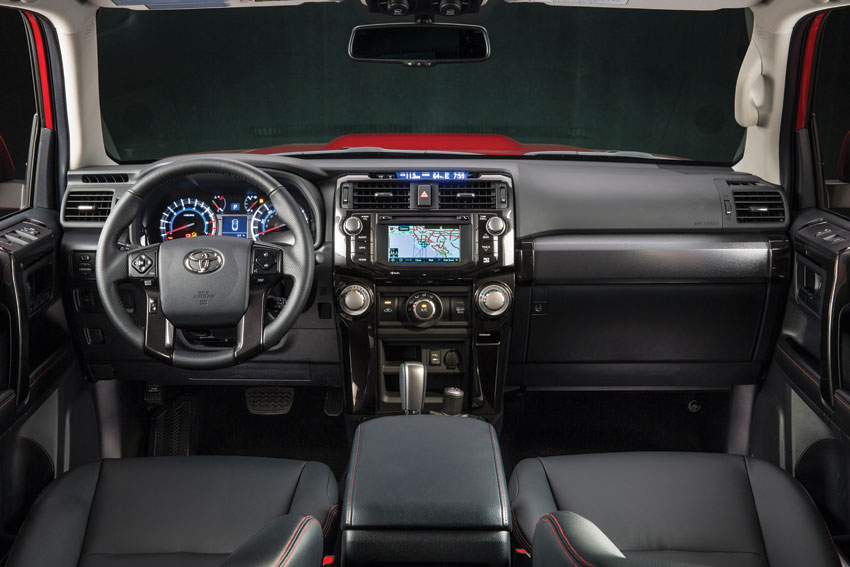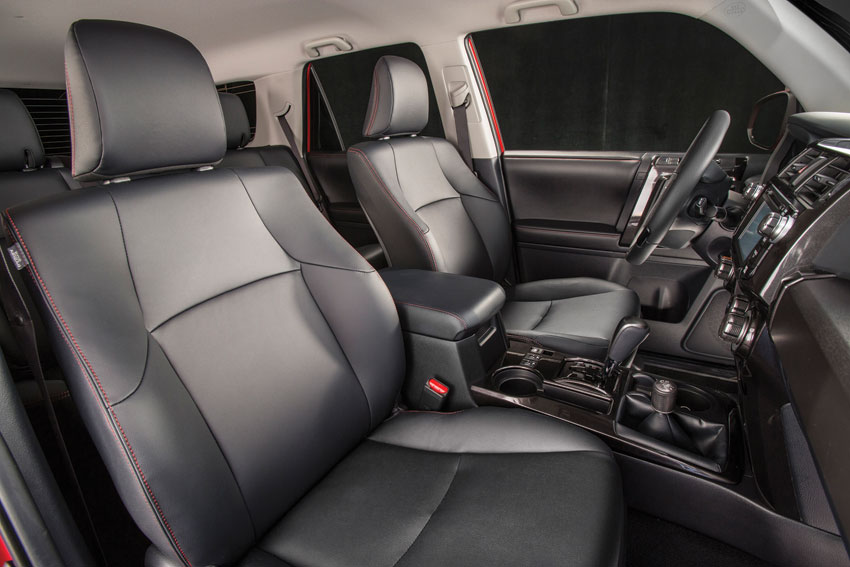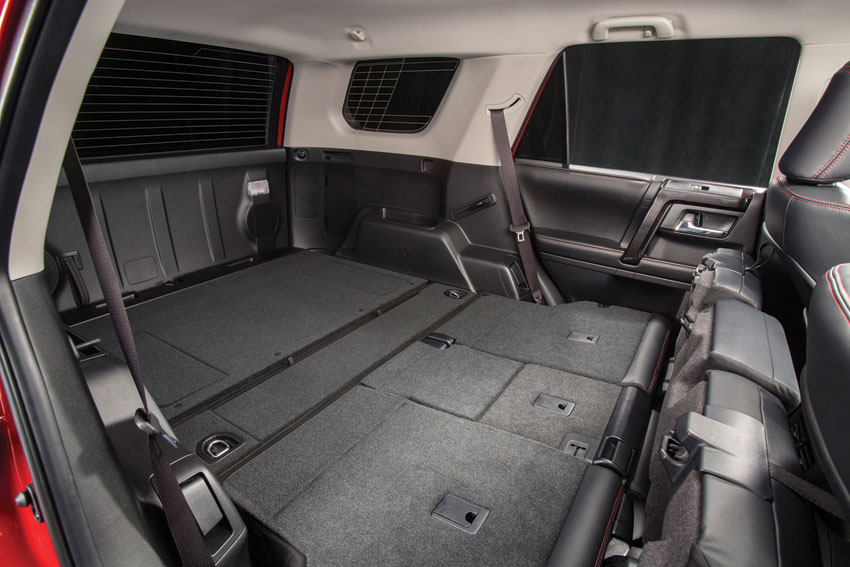2016 TOYOTA 4RUNNER
Exterior view of the Toyota 4Runner.
Some vehicles have certainly withstood the test of time and mood swings, and you can still find upgraded or refreshed models on the roads many years after they were first introduced. For others, what may have looked great on the drawing board doesn’t always translate well to real-life needs or style preferences, writes our automotive editor Sally Miller Wyatt. – #Siliconeer @Siliconeer #2016Toyota4Runner #Lifestyle
The Toyota 4Runner is most certainly one that endures. With the 2016 models, the 4Runner marks more than 30 years of rolling around, both on and off roads.
In fact, the Toyota 4Runner may have set the pace for off-roading features, and in that respect not much changes all these decades later. The 4Runner offers drivers a choice of 2WD, part-time 4WD with a two-speed transfer case, or full-time multi-mode 4WD. All are paired with a 4.0-liter, 270-horsepower V6 engine and automatic transmission.

There are several mode grades available to meet an array of motoring needs. They include the SR5, the SR5 Premium with additional amenities; Trail; Trail Premium; Limited; and the unique TRD Pro Series. The TRD Pro Series is a special model with trail-reader front springs, high-performance shocks, Nitto Terra Grappler tires and a front skid plate. If your favorite canoe launch spot or hiking trail head is well-off the beaten path, this model is for you.
For everyone else, you’re going to get a well-equipped vehicle that also has the option of seating for seven. Frequent readers know I really favor this option. On-the-go families need to have that flexibility in seat belts in case the grandparents or play date buddies want to go along on your adventures.

Our test car was the top-of-the-line 4X4 Trail Premium, with a sticker price of $41,345. While it was nice to have all the extra bells and whistles, most shoppers would be pleased with what even the base Limited 4Runners offer. Upscale chrome trim is on all models, as well as projector beam headlights and LED rear combination lamps and a full-size spare tire. All have a tough chassis and 4WD, Standard Hill-start Assist Control to help accelerate from a full stop at the top of a hill. Hey, that’s nice to have if you live in hilly San Francisco, or have a mountain cabin.
As road conditions change, there is a Mode on board to adapt. A dial is used to select the mode that matches driving conditions, which adjusts wheel slip accordingly. If there is loose terrain, such as mud and sand, or on extremely uneven terrain such as ditches, ridges and slopes, you can pick the mode to match. On the 4Runner Trail model, all the necessary off-road control switches are placed in one location, on the overhead console.
Also standard are a host of safety features: Vehicle Stability Control, with Traction Control, anti-lock brakes with Electronic Brake-force Distribution, Brake Assist and Smart Stop Technology with brake-override system. Eight air bags are also standard, and include knee air bags for the driver and front passenger. The Safety Connect system offers Automatic Collision Notification, Stolen Vehicle Location, an Emergency Assistance Button and Roadside Assistance.
The Toyota 4Runner has a rugged exterior look that is also carried through into the interior. Seats are firm and sturdy, and should handle all the mud and grit a family can throw at it. Visibility is great through tall windows, and the dashboard is punctuated with large, knobby dials.

The rear cargo area offers 47.2 cubic feet of carrying space, which is plenty for a family full of backpacks and camping gear. If you fold the second row of seats flat, you now have 89.7 cubic feet of cargo space. Who needs a tent?
A third row of seats is available on the SR5 and Limited grades, with a split 50/50 seat that folds flat. When so equipped, the 40/20/20 second-row seat has a one-touch walk-in feature, making it easier to get into that third row.

Air conditioning with rear seat vents and a pollen filter, power-sliding liftgate window and a backup camera are all standard features.
Even after more than 30 years, adventurous families — who regularly ply hilly cityscapes or mountainous terrain — will continue to ride in roomy comfort in the 2016 Toyota 4Runner.


